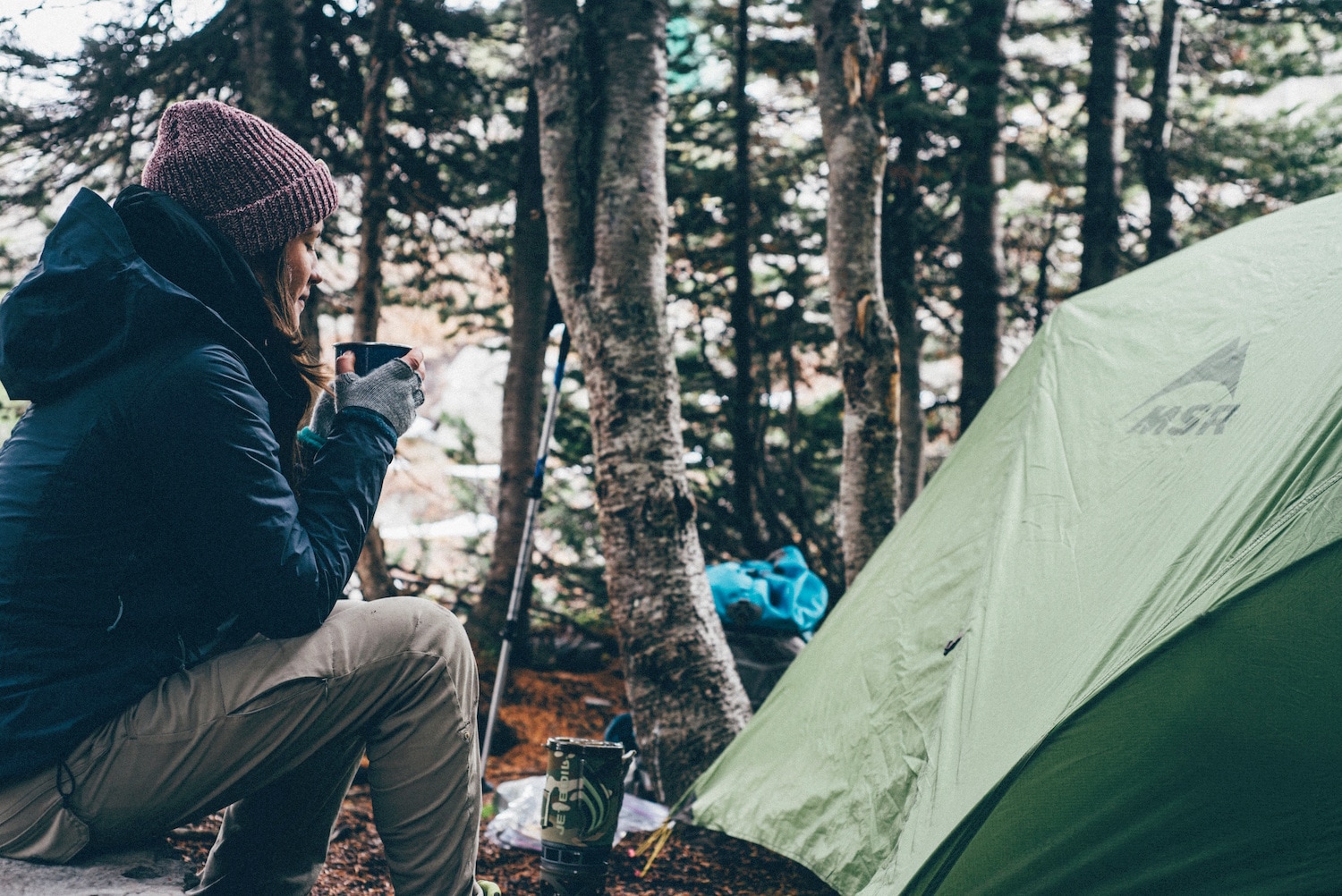It’s no secret that the glass ceiling is prevalent in the outdoor industry. The question is: How do we break it?
From childhood on, the amount of exposure girls receive to the outdoors in comparison to boys isn’t always equal. Young boys are encouraged to be brave and wily, to dive deep into the mountains and woods. While young girls are offered the opportunity to dip their toes into nature, many aren’t encouraged to pursue adventure in the same way. But why the divide? After all, outdoor sports are brimming with passionate, talented, adventure-seeking women calling for more equality in the industry and beyond.
Born and raised in New Jersey, Ceili Brennan, an outdoor guide in Oregon, spent a year teaching science classes while leading teenagers on backpacking trips through the Canadian Rockies, Olympics, Cascades, and Steens. Although she wasn’t shocked that all of her fellow guides were male, she was surprised by the sense of unease her leadership and presence created within the group, and even within herself. “I felt super comfortable backpacking in general and it seemed like some men I was leading trips with felt threatened by that,” she says. “I could also be kind of bossy—but I could be making that up… that’s what women are kind of trained to think.”
Since her hometown in New Jersey isn’t as known for its wilderness as it is its diners and shore points, Brennan worked hard to gain the experience she lacked. Prior to her time at as an outdoor guide, she hiked the entire Pacific Coast Trail with a friend whose mother had completed the PCT on horseback decades before. On the trail, Brennan recalls meeting male thru-hikers who also treated them poorly, behavior she attributes to them feeling threatened by the duo’s success. Despite having an impressive resumé (add deckhand on a ship, too) in the eyes of her male counterparts, she still seemed to fall short.
Preschool girls are 16 percent less likely to be taken outside by their parents to play than boys their age.
Michelle Otis Pelchat, is a skilled outdoor instructor with a degree in Outdoor Adventure Leadership from Ithaca College and now works for Stanford University as the Administrative Director of Civil and Environmental Engineering. Her story is not unlike Brennan’s—nor countless other women who work in the outdoors. “I cannot explain how many times I have been told by men in the outdoor industry that I was not smart or skilled enough,” says Pelchat.
Entering into the outdoor industry immediately after college posed many challenges for Pelchat. She was younger than many of her colleagues, which left her close in age to many of her students. “The male students didn’t feel I had enough experience to be teaching and often felt that I wouldn’t be able to offer them any additional knowledge,” she says. “This would change after weeks in the field, but it takes time to build that trust and show them I have prior knowledge that assists with my judgment and decision-making skills.”
So where does this gender gap begin? A report conducted by the Girl Scout Research Institute indicates it starts early. The research cited that preschool girls are 16 percent less likely to be taken outside by their parents to play than boys their age. Although 16 percent may sound small, it’s a difference nonetheless. And in a time when so many glass ceilings have already been shattered, statistics like this suggest we’re still, somehow, missing the mark.
Though many young girls do start off with a lot of exposure to the outdoors, throughout their childhood and into young adulthood, girls always seem to be just a little bit behind the boys. As women, that gap grows significantly wider. Research by the Outdoor Foundation found that on average, about 66 percent of young boys participate in outdoor activities between the ages of 6 and 24. Girls’ participation averaged at around 55 percent, with both genders rate of participation decreasing only slightly as they aged. Here’s the kicker: They also found that women’s involvement in outdoor activities steadily decreased from age 26 on, reporting a dramatic decline from 55 percent to as little as less than 20 percent by age 66. For men, over 60 percent report doing outdoor activities in their 20s, and over 40 percent participate in their mid-60s.
“This struggle may discourage some women. But I feel it fuels the fire for many to push themselves harder, gain more technical skills, experience, and be well versed in their professions.”
Part of this drastic change could be attributed to a shift in focus from work to family life, as Pelchat says often happened among her female colleagues in the field. However, this seems to be a clear indicator that for men, getting outdoors is something that’s never in question. But for the ever-shifting role of a woman, it’s more challenging to not only get out, but also stay out there. “This struggle may discourage some women,” says Pelchat. “But I feel it fuels the fire for many to push themselves harder, gain more technical skills, experience, and be well versed in their professions.”
How do we strive for equality while acknowledging our differences and letting go of preconceived notions? Pelchat says the key to understanding one another is through problem-solving and teamwork. “Women in the outdoors provide key learning to all genders,” she says. “[The outdoor industry] is mentally and physically challenging but with a good support network, anyone can be successful.”
And, according to Pelchat, the more discussion around closing the gender gap, the better. “Women have to actively participate in the conversation and work within the system—government, retail, non-profit or for-profit organizations—in order to continue showing how important women are to the outdoor industry,” she says.
For more on women in the outdoors, check out the Outdoor Women Alliance’s column on Hiking Project.
